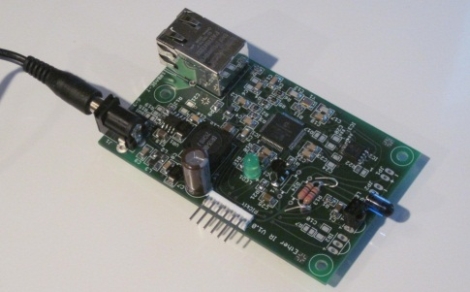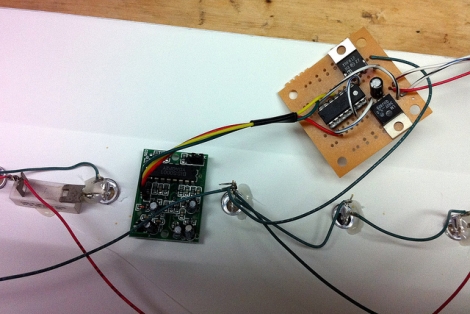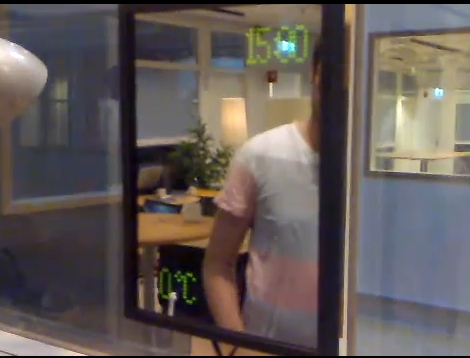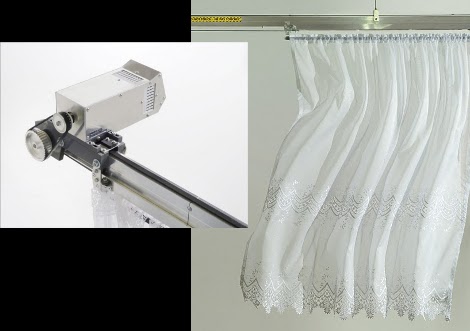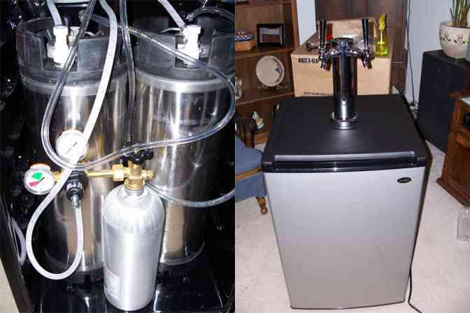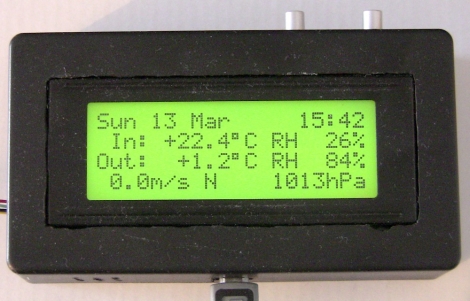
[nuumio] has been hard at work building a Tweeting weather station, which he recently got up and running. The weather station is built from three major components, a Linux PC for data storage and Tweeting, a main weather sensor unit, and a remote unit.
The remote unit sits outside and includes includes both a pressure and humidity/temperature sensor. The sensors are polled every 20 seconds, reporting the data back to the main unit via a 434 MHz RF transceiver. The remote sensor also records the ambient light level and the remaining battery voltage, sending that data to the main unit for good measure.
The main unit sits inside his house and records the same temperature and humidity data as the external unit. The main unit adds its data to the packets sent by the remote unit and transmits them to the PC via USB. The PC calculates the minimum and maximum temperatures for the last 12-hour and 24 -hour periods before sending that data back to the main unit to be displayed on its LCD panel. Every 10 minutes, the computer also posts the weather data on Twitter.
If you are looking to build your own weather station, [nuumio] has provided all of the source code for his project on his web page. However, he does admit that he was too lazy to draw up a schematic, so you are on your own in that department.

